You can tweet questions to me with the hashtag #AskMase or use the submission form to your right (if you're viewing on a standard browser) or at the bottom of the page if you're on the mobile site.
**
Who surprised you most at the Senior Bowl?**
-- Samuel Khalil
I'll start with East Carolina WR Zay Jones. I didn't expect him to be quite as effective all over the field as he was. He has enough speed and length in his stride to get separation, but he can make tough catches on short-to-intermediate routes with a cornerback grabbing him, and he displays good body control when going up for a deep pass in one-on-one coverage. Jones' film is outstanding, and I'd be surprised if he's not a Day 2 pick.
Temple's Haason Reddick looked much farther along in his transition from defensive line to inside linebacker than I thought he would be at this point, and he displayed marked improvement in his pass coverage from the Tuesday practice through the Thursday session. If he puts up some big numbers at the Scouting Combine -- as I suspect he will -- he will go off the board earlier than anyone envisioned just two weeks ago.
Florida ILB Alex Anzalone proved to be the equal of Clemson's Ben Boulware agains the run. With Anzalone, the questions are about health, not performance.
Western Kentucky offensive lineman Forrest Lamp has position flexibility, although he didn't have a chance to display that to the extend he'd hoped because he suffered a high ankle sprain. He was impressive in limited work.
St. Francis safety Lorenzo Jerome improved as much as any player did this week; he looked tentative and out of position early in the week, and settled down by Thursday. Day-to-day progress is something on which I place a high priority during Senior Bowl week, and the 5-foot-10, 204-pound Jerome came a long way.
But the standout group is at tight end. Which brings me to ...
Love reading your column, Mase. And as a real FAN-atic, I'm already getting overly involved in the Broncos offseason upgrades.
If they can get any help at all for the O-line in free agency, I think that having a great receiving tight end would make a huge difference for them. Look back at what Julius Thomas added to the team. And the best looking tight end coming out sure looks like O.J. Howard, who the Broncos have a real shot at at #20. So he's my choice for the Broncos this year. What do you think?
-- Jim Niederriter
First of all, thank you.
Take an in-depth look at Andrew Mason's evaluations of the potential draft prospects from the 2017 Senior Bowl who caught his eye through Day 3. (Photos by Andrew Mason)
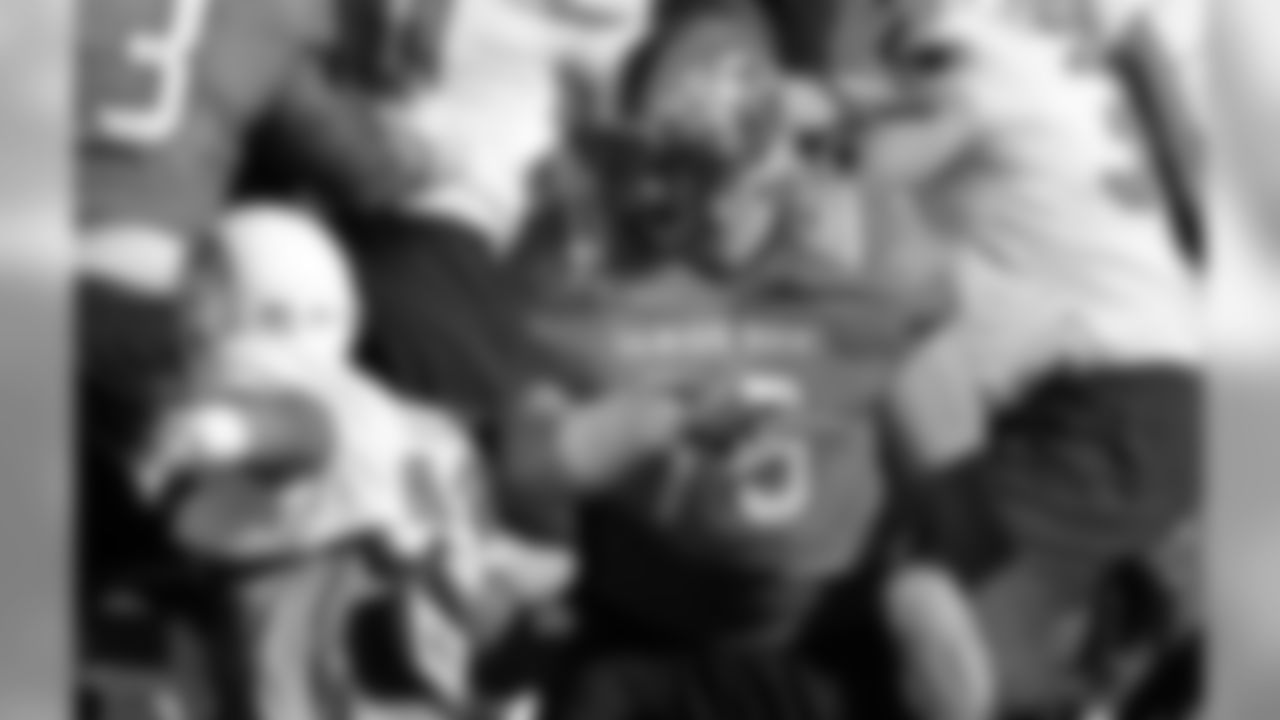
Working from the left tackle spot, Western Kentucky's Forrest Lamp demonstrated good power, particularly on one Tuesday run play where he drove Alabama DE Dalvin Tomlinson inside, sealing the right side and allowing BYU running back Jamaal Williams to race through to the second level and beyond. Lamp has worked at both tackle and guard this week, and while his pass protection is a work in progress, he already looks to be a solid run blocker.
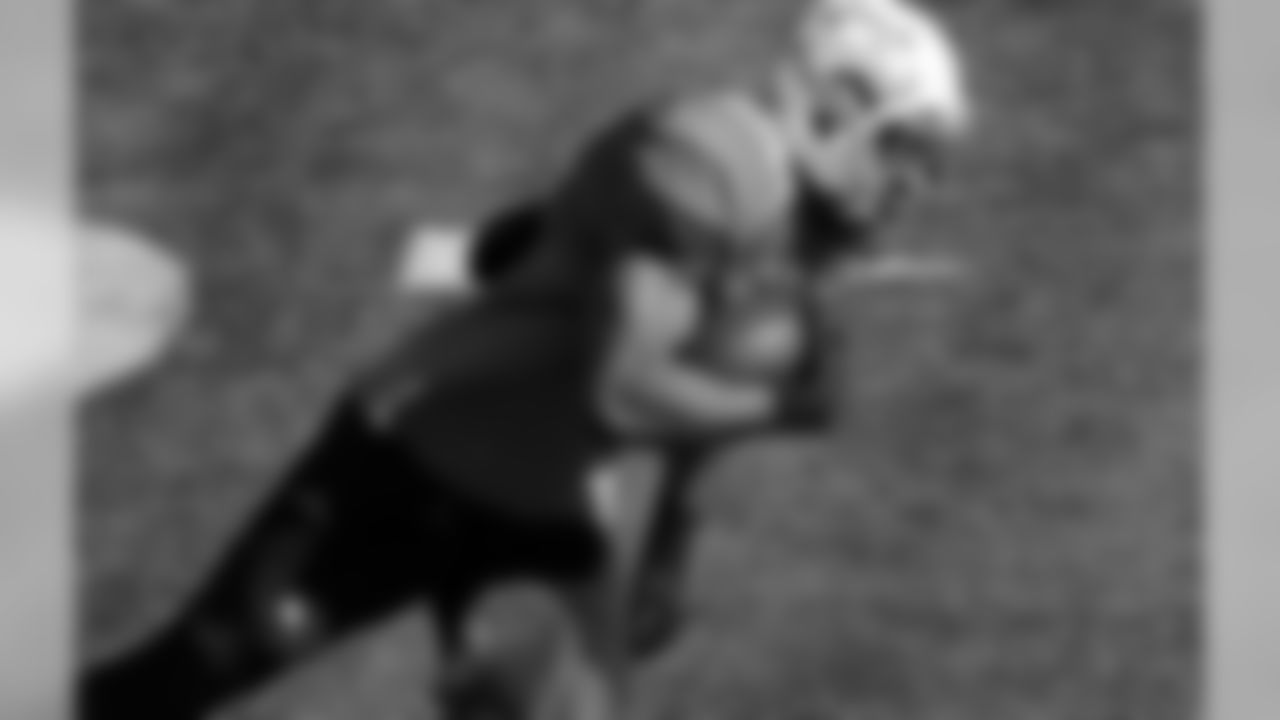
South Alabama tight end Gerald Everett made some good catches, but he shows just as much potential as a blocker. He set up one of N.C. State RB Matt Dayes' best runs this week by blocking out TCU's Josh Carraway, getting into his stance quickly to the point where Carraway could not budge him. Everett also showed the ability to make plays outside and downfield as a pass-catching target, and he helps ensure that this tight end class is the deepest in recent memory.
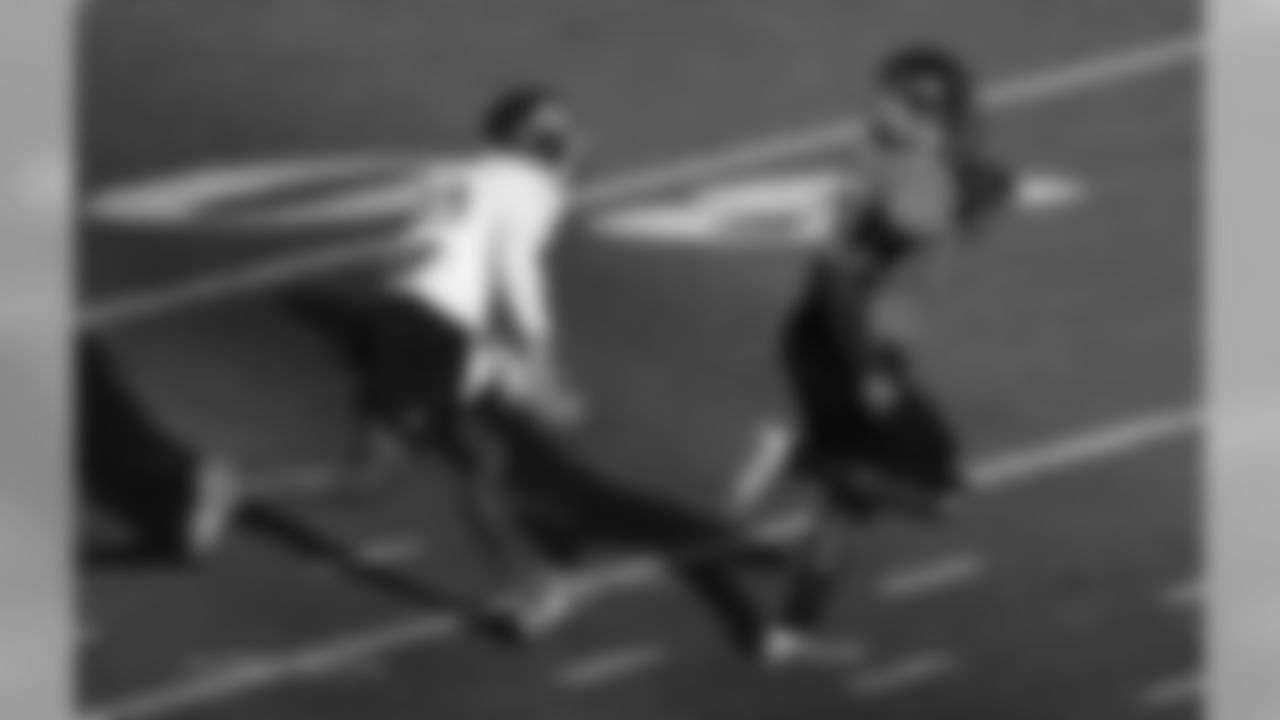
Another notable tight end is Toledo's Michael Roberts, who not only has the biggest hands of any player at the Senior Bowl (11 5/8 inches), but the ability to use them effectively and get out in space to make plays, as he does here working past Saint Frances safety Lorenzo Jerome.
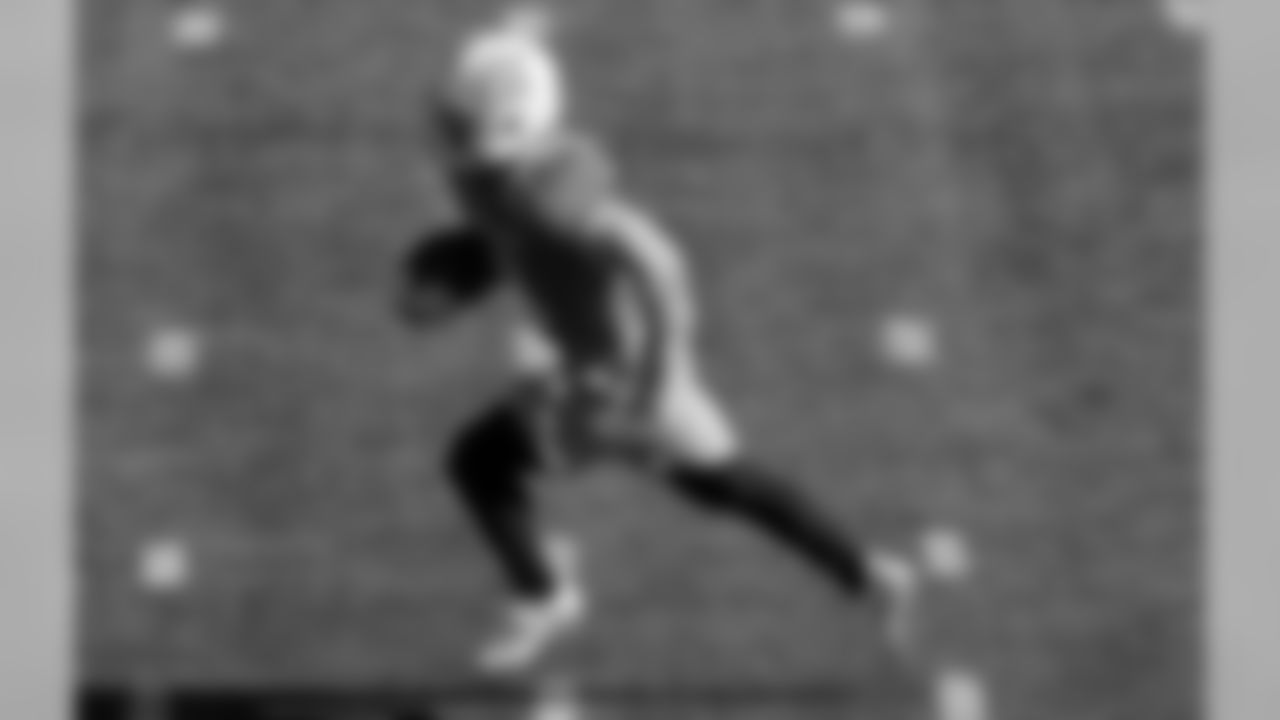
North Carolina WR Ryan Switzer is a natural slot receiver at 5-foot-8 and 179 pounds; he has the necessary quickness and ability to use a juke of his shoulder to gain separation. But his ability to get cornerbacks out of position could also make him useful as an outside receiver who plays every down in every situation, not just in three-receiver formations.
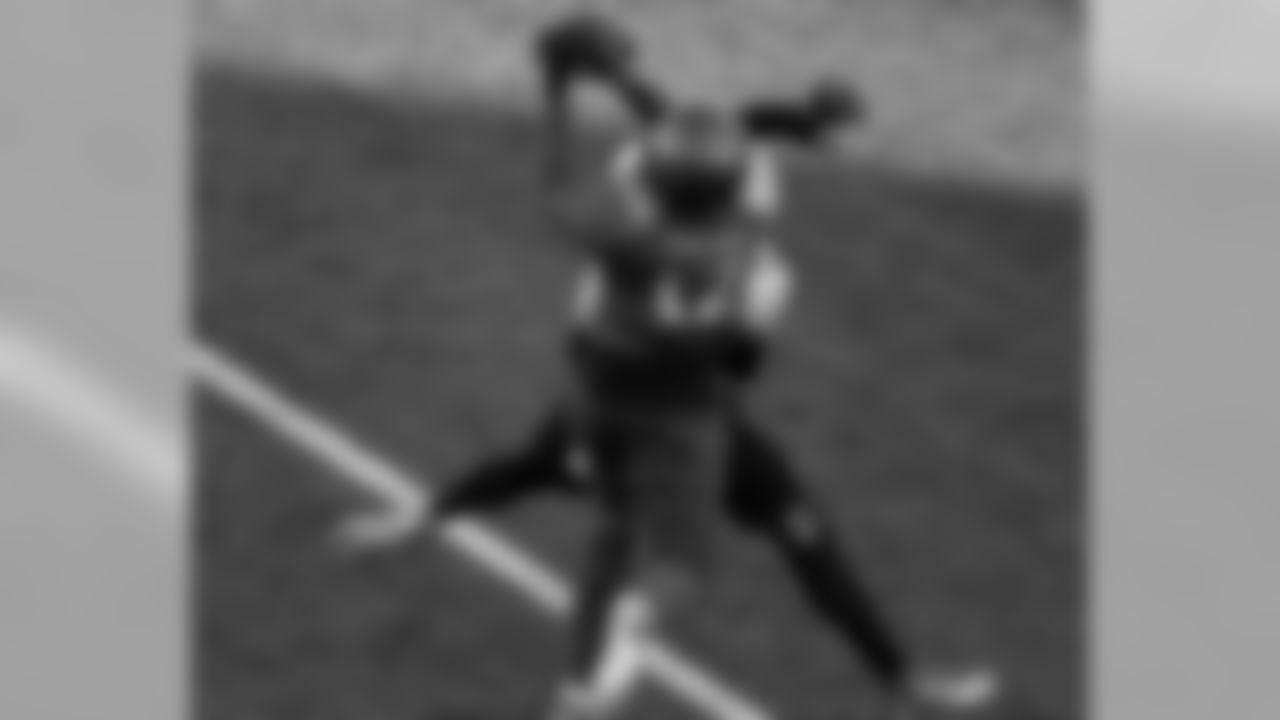
Syracuse WR Amba Etta-Tawo is a long, lean 198 pounds, and showed good body control on some of his receptions Tuesday, including this one where he leaped over Lamar cornerback Brendan Langley for a deep reception during North team practice.
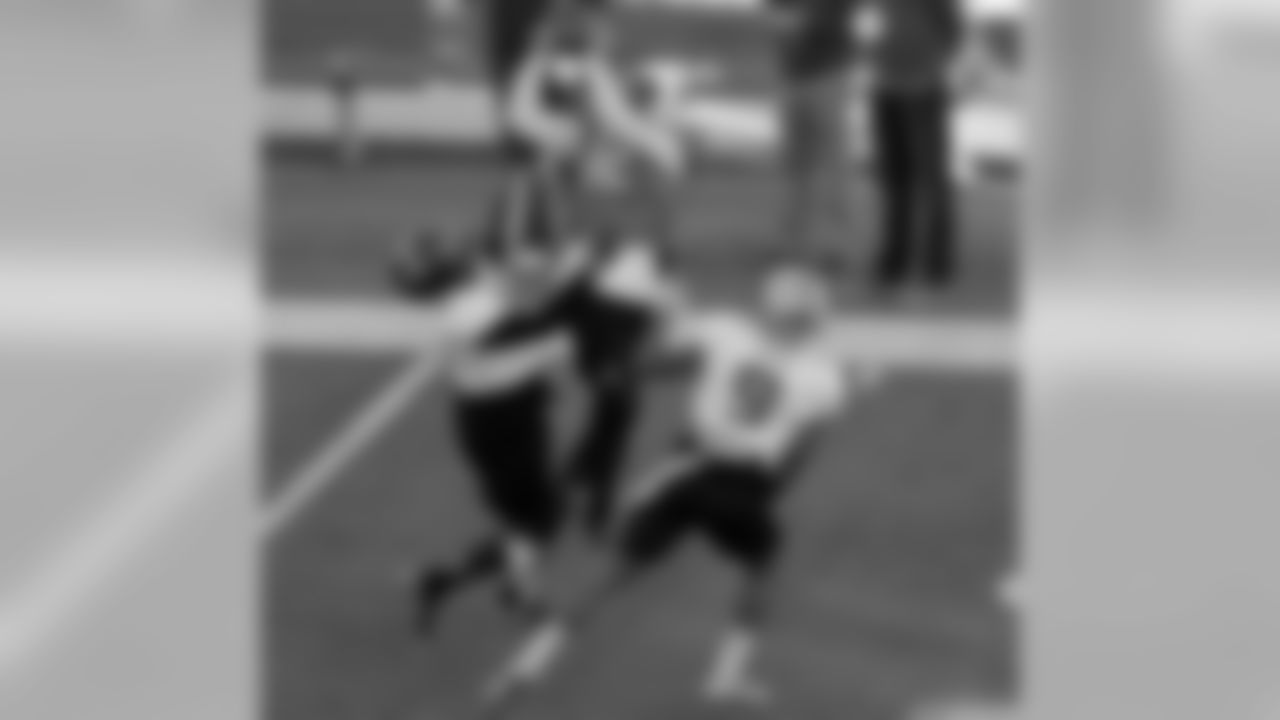
Louisville WR Jamari Staples has good body control and can work his way into position despite having tight coverage from a defender -- or in this case, two defenders. However, he needs to do a better job completing the catch; he failed to come down with this reception.
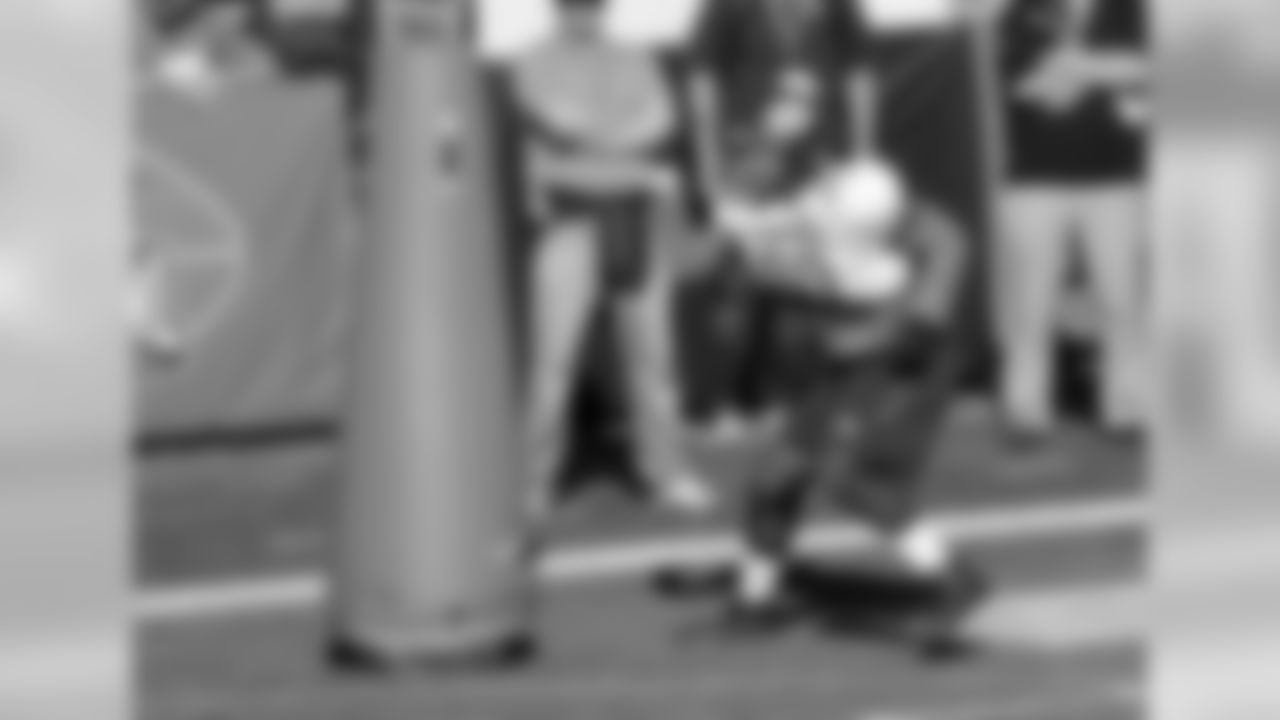
Texas A&M defensive lineman Daeshon Hall says he's talked with teams about a potential role in a 3-4 defense, even though his 6-foot-5, 265-pound frame would seem to make him a more ideal fit in a 4-3 alignment. Hall should be able to add bulk to his size, and did receive some three-technique work at times during his college career. He also practices with intensity; none of the South team defensive linemen made their tackling dummies hit the ground with as loud of a thwack as Hall did.
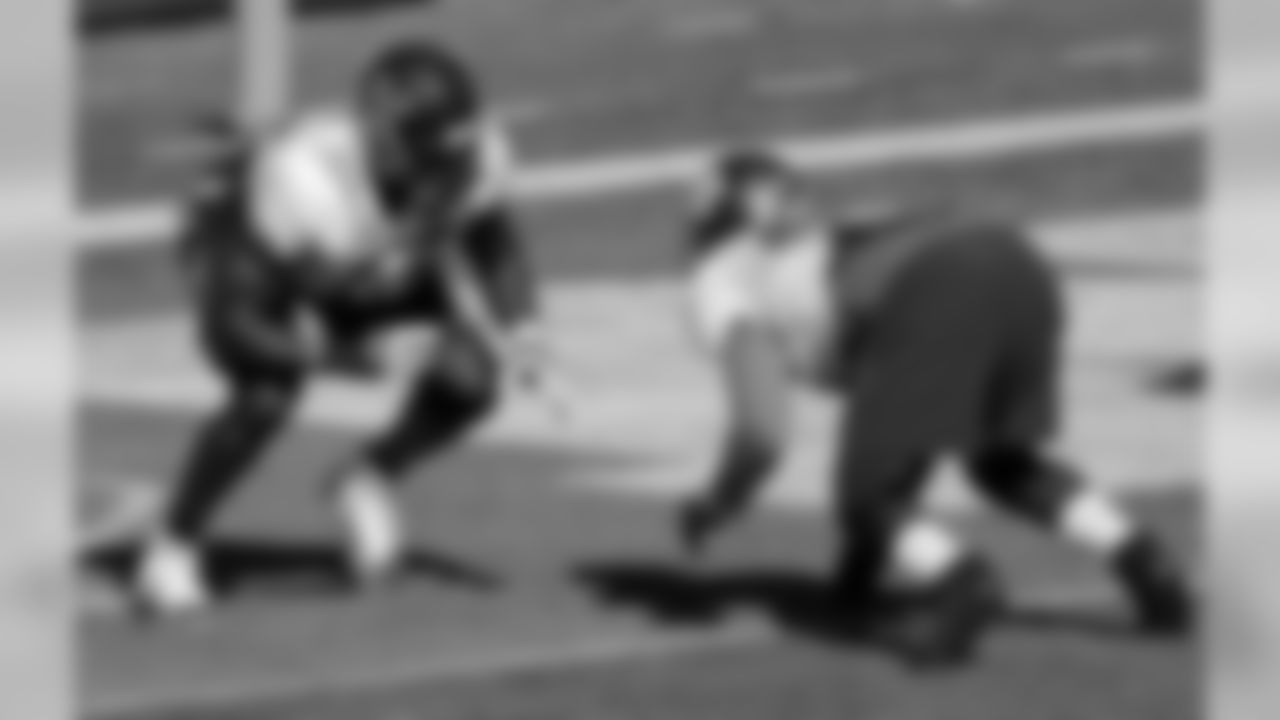
Villanova defensive end Tanoh Kpassagnon had some bursts into the backfield, but is still working on his consistency. The 6-foot-7 former FCS standout has plenty of tools, but also needs to strengthen his lower body; he weighs 280 pounds but looks like he could carry up to 300.
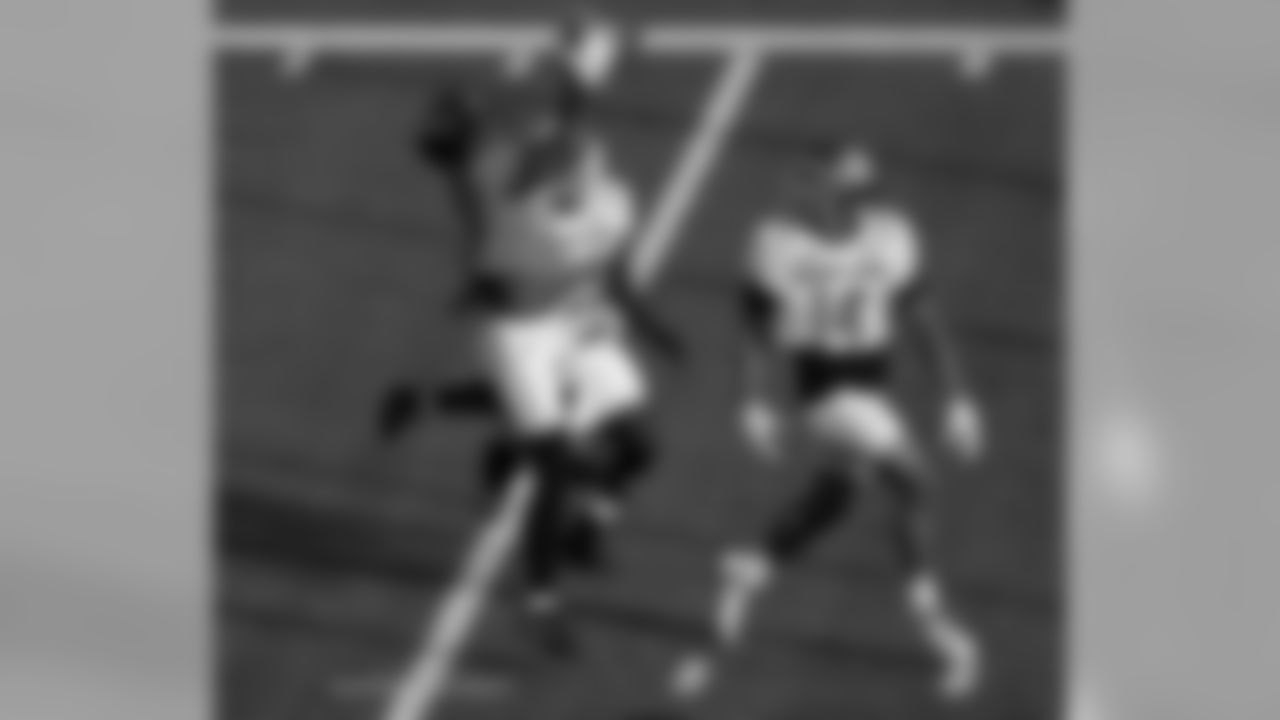
Grambling State wide receiver Chad Williams had some of the day's best receptions, showing good body control in mid-air to adjust to deep balls in one-on-one coverage.
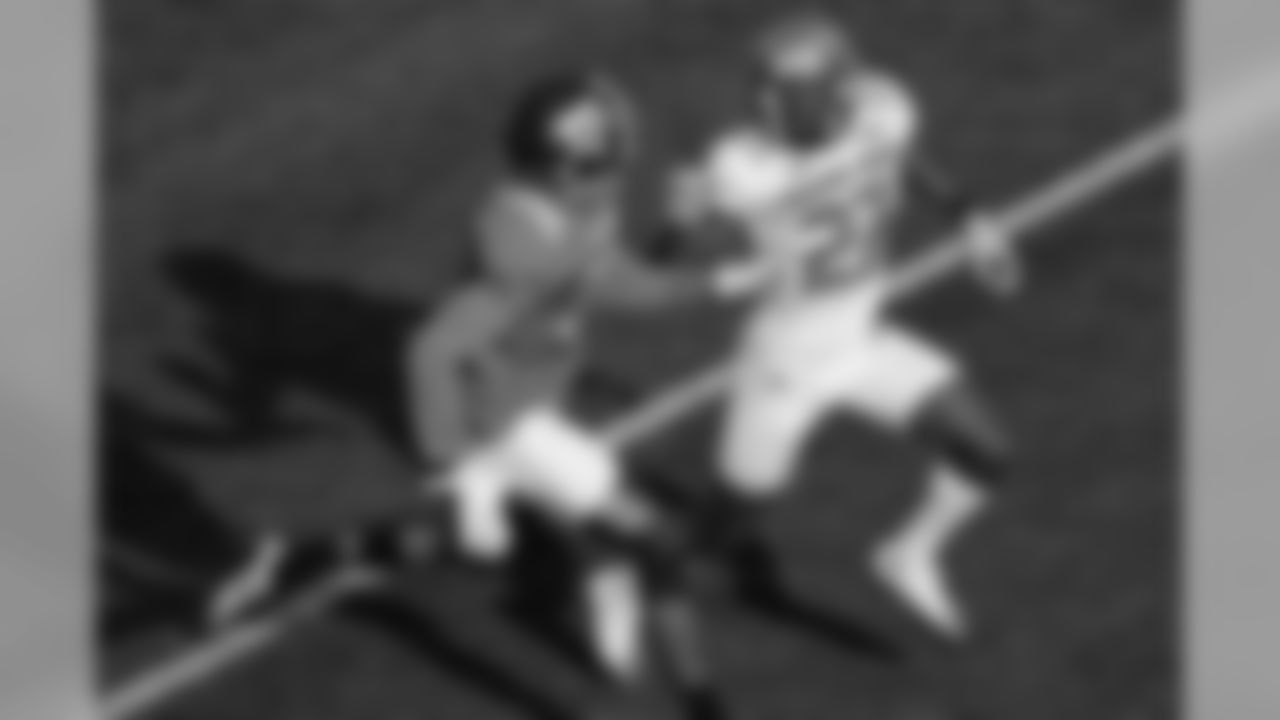
Texas A&M WR Josh Reynolds can make receptions in tight one-on-one coverage. Here, he doesn't get much sedation from Florida State's Marquez White, but does a good job adjusting to the flight of the football for a deep catch up the right sideline in a one-on-one period.
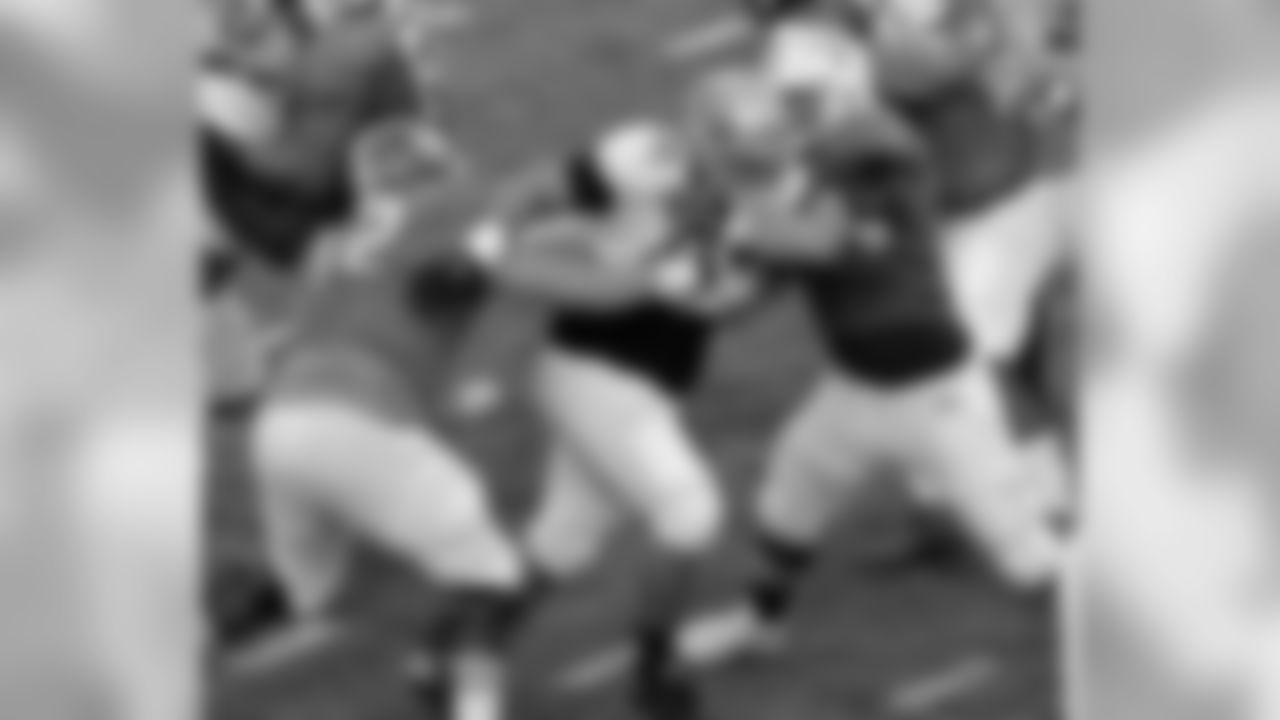
UCLA defensive tackle Eddie Vanderdoes showed enough spark in pass-rushing drills with an effective bull rush to draw double-teams during the team periods of Wednesday's practice. His persistence should earn him immediate playing time as a rookie as part of an interior rotation.
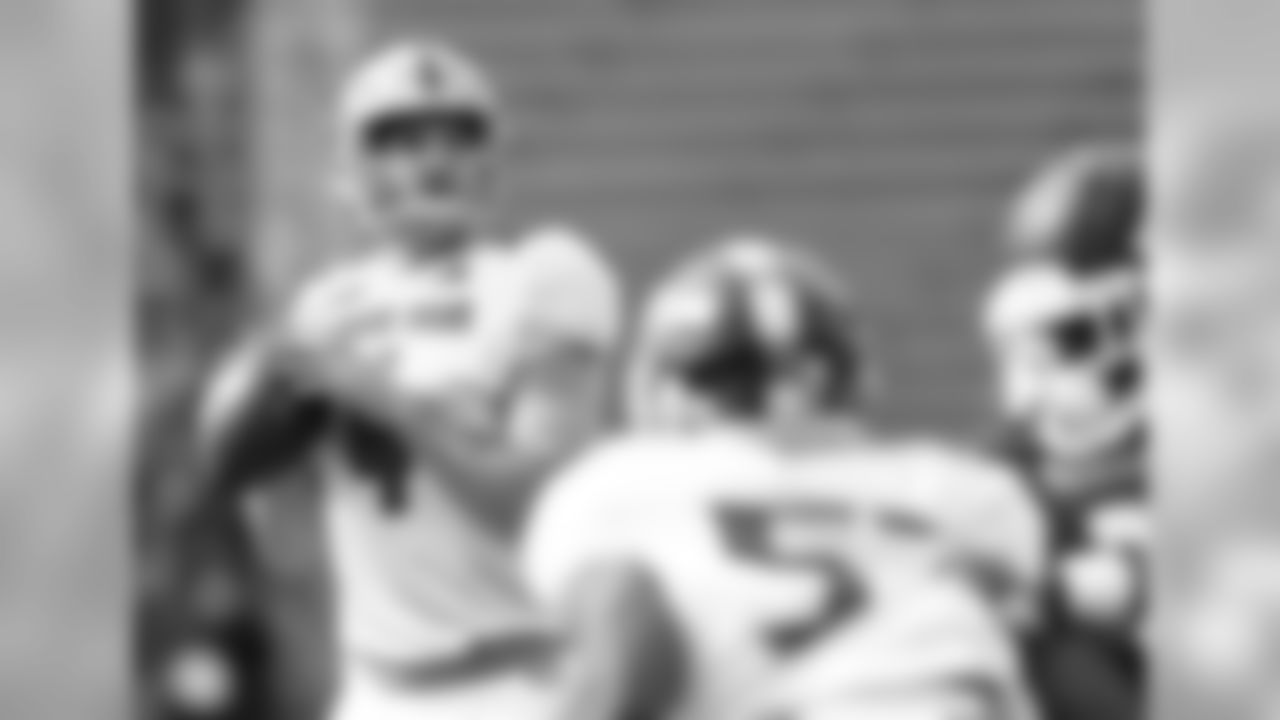
There isn't a Dak Prescott in the quarterbacks in Mobile, but Pitt's Nate Peterman of the North team looks like the highest pick of the six passers here -- and is the most accurate on deep passes, including work on one-on-one periods.
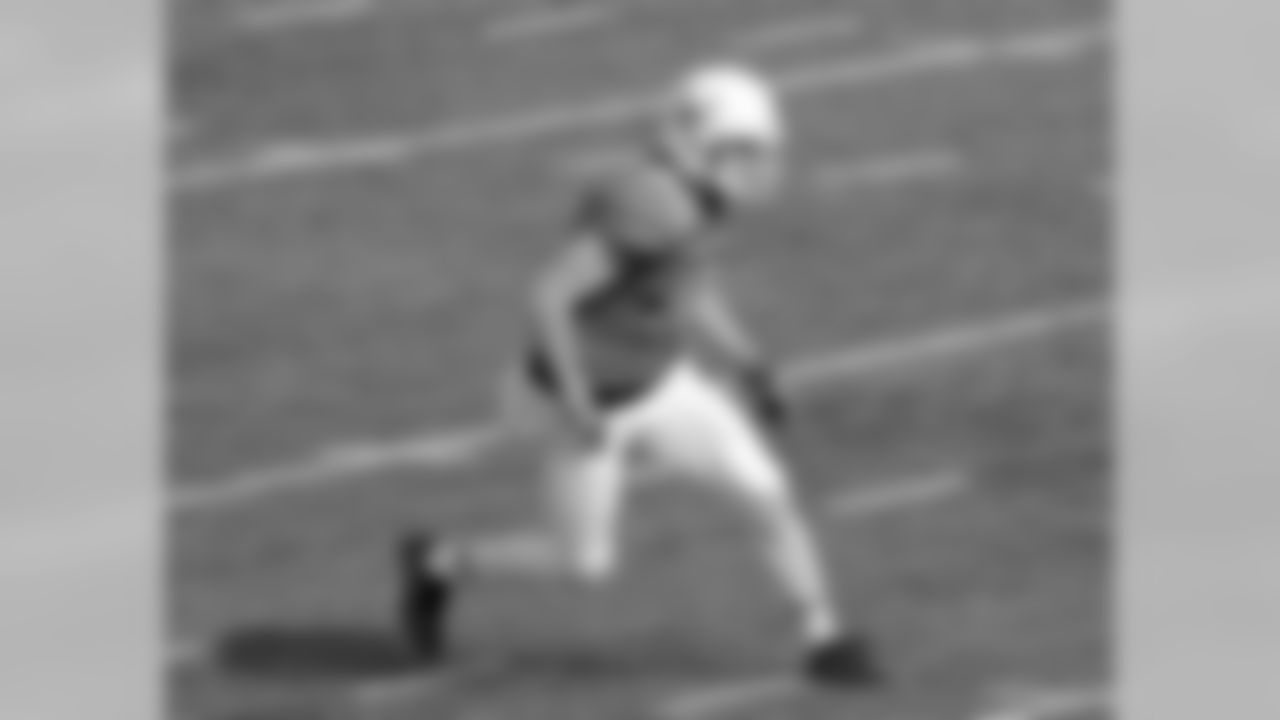
The best wide receiver at the Senior Bowl is Eastern Washington's Cooper Kupp, who runs precise routes. Kupp is proficient at using a bob of his shoulder to generate separation and leave cornerbacks flat-footed.
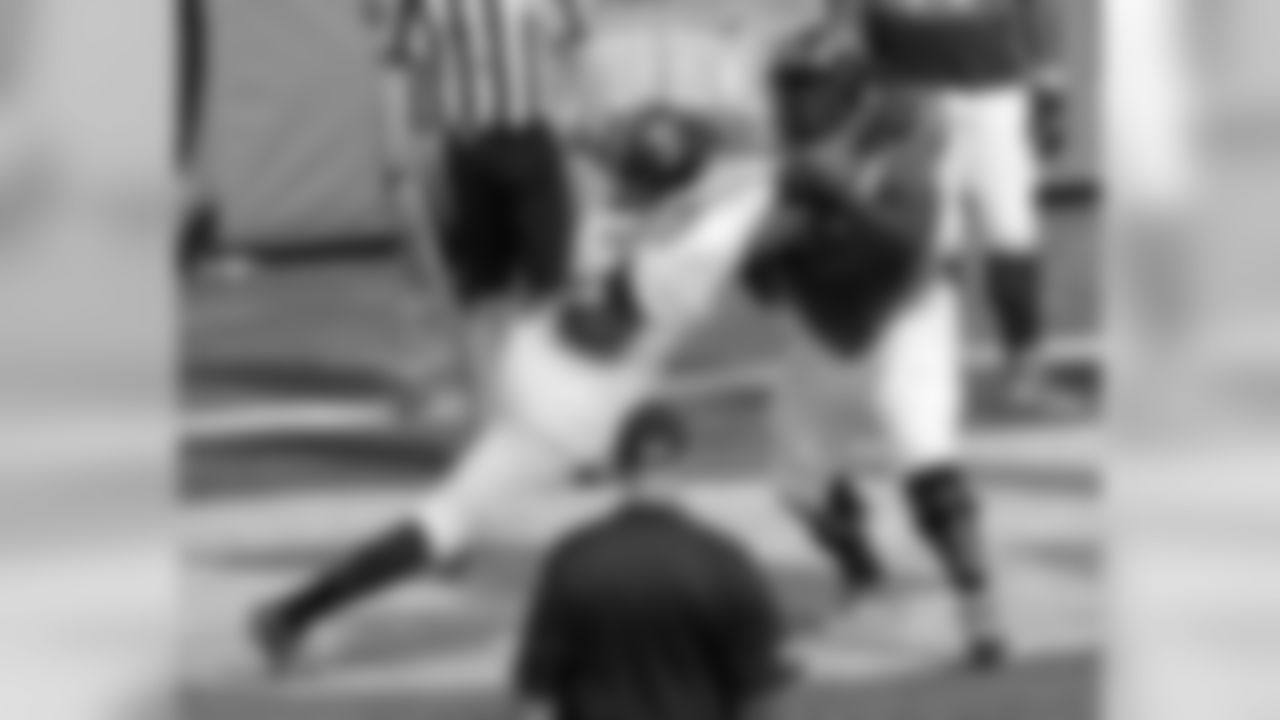
Of all the offensive linemen on hand this week, Western Michigan offensive tackle Taylor Moton has the best chance of moving into the first round alongside potential Round 1 picks Cam Robinson (Alabama), Ryan Ramczyk (Wisconsin) and Garett Bolles (Utah). At 330 pounds, Moton has a strong upper body and uses it well, planting his legs like tree trunks and effectively taking the bull rush out of play. His feet are also quick enough to allow him to counter inside and outside moves. Some analysts project him as a guard, but he looks like he should be able to handle right tackle well.
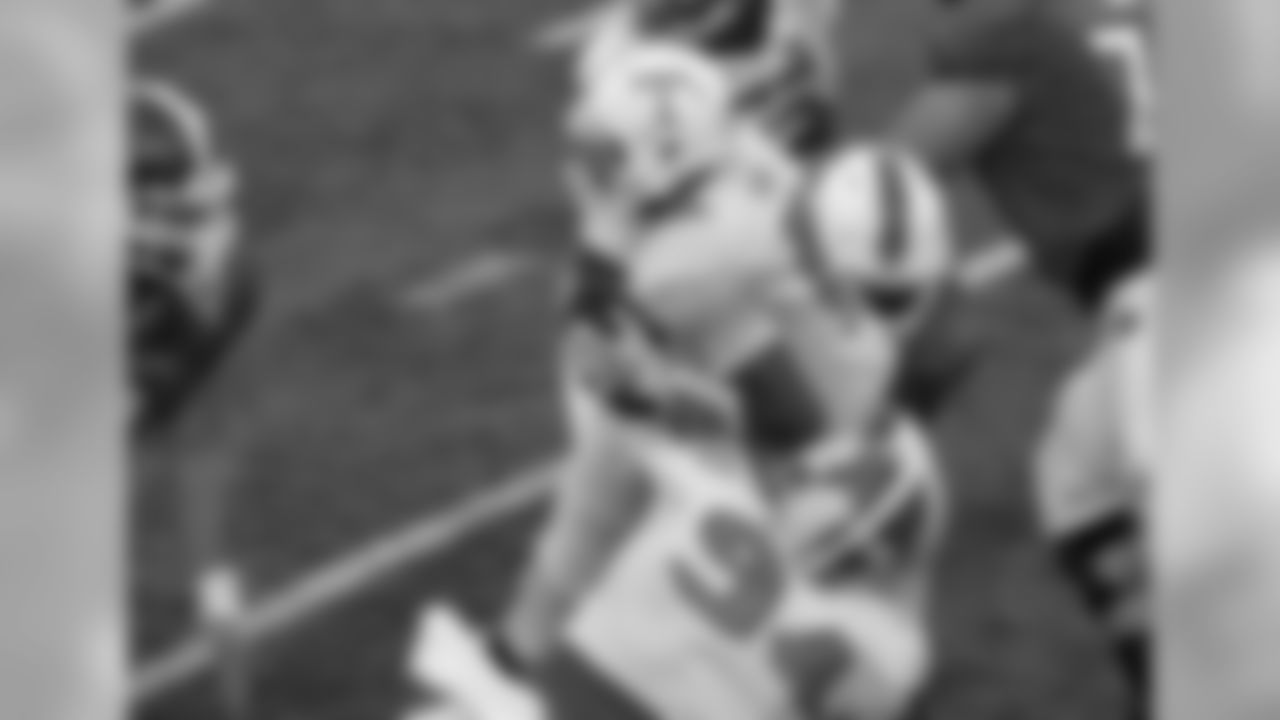
Tennessee quarterback Josh Dobbs has made some good decisions, but also needs to be more decisive and adjust to the narrow windows at the next level. In the pocket, Dobbs must avoid drifting forward unnecessarily. Late in Wednesday's practice, he stepped up and into Clemson defensive tackle Carlos Watkins, resulting in a sack.
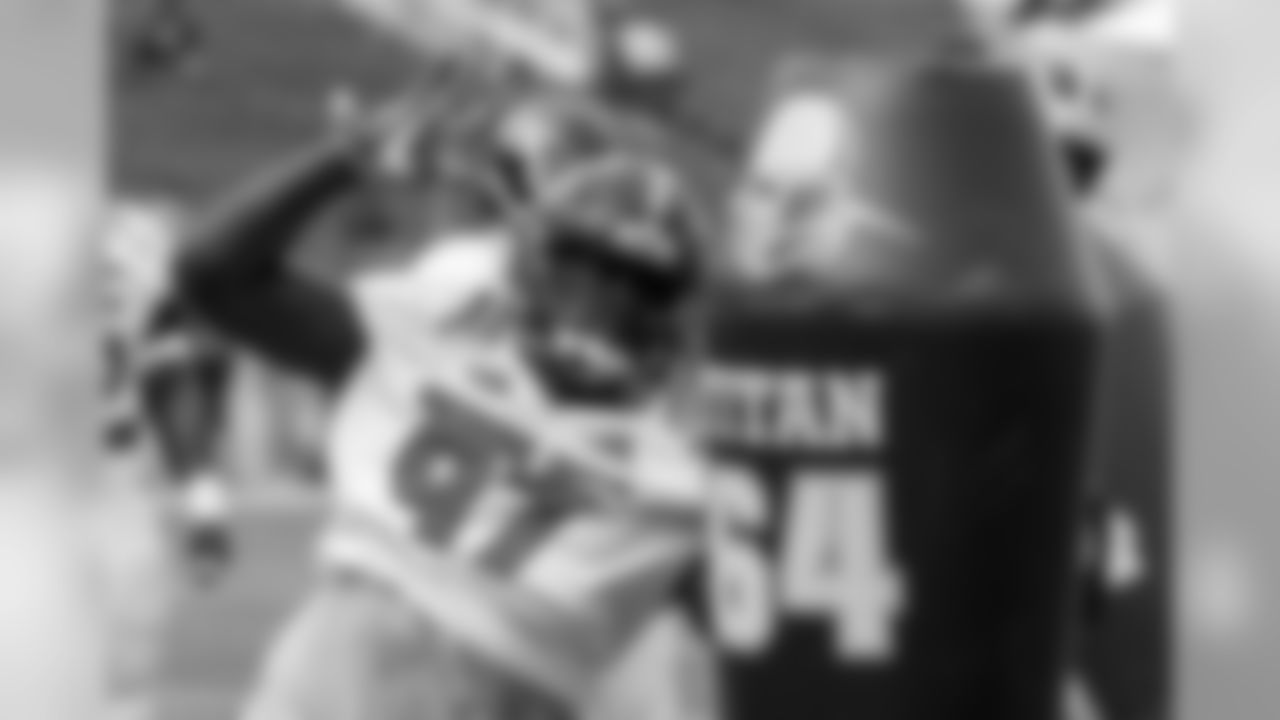
At 310 pounds, Iowa's Jaleel Johnson could see some action as a 3-technique in a 3-4 alignment. The North team had some three-lineman looks during Tuesday's work, and he used a bull rush on Temple's Dion Dawkins to collapse the pocket and get to Iowa QB C.J. Beathard as he threw into the right flat.
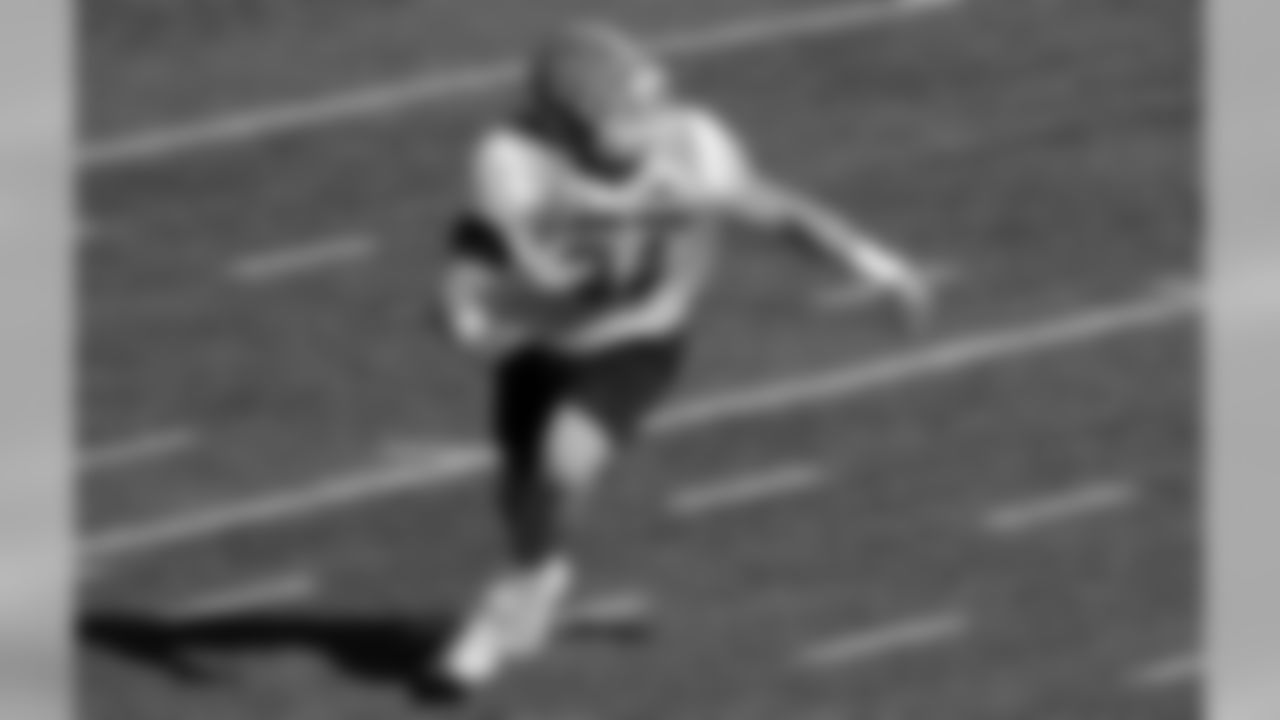
Florida inside linebacker Alex Anzalone has some work to do in coverage, but against the run, he's been the best linebacker in the two days of practice so far, reading plays as they develop, filling holes and avoiding missed tackles.
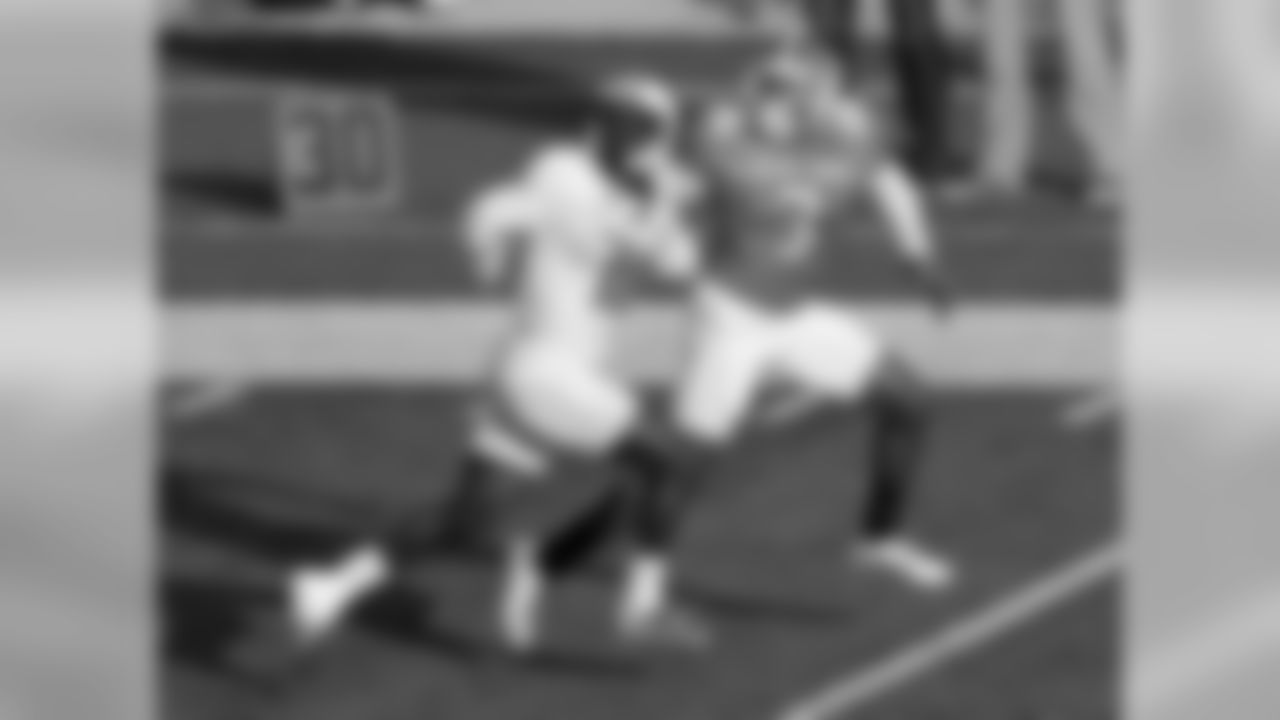
LSU cornerback Tre'Davious White injured his ankle Wednesday and will not play in Saturday's game, but he did enough to cement his status as the best cornerback in this week's work, and could find himself in the first round.
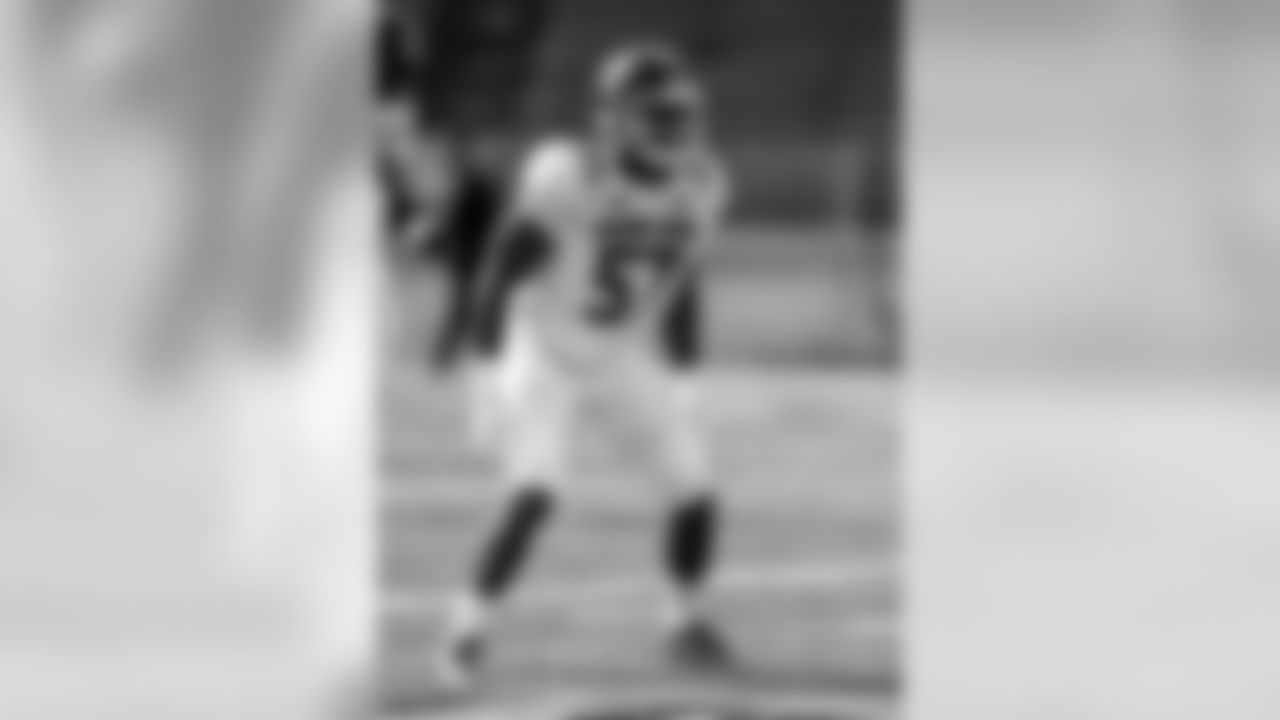
Temple's Haason Reddick made a nearly-flawless transition from defensive line to the second line of defense. What impressed me was how solid he was in coverage; as the three days progressed, he became less susceptible to step-fakes from opposing tight ends, and prevented them from getting separation when they tried to cut to the outside.
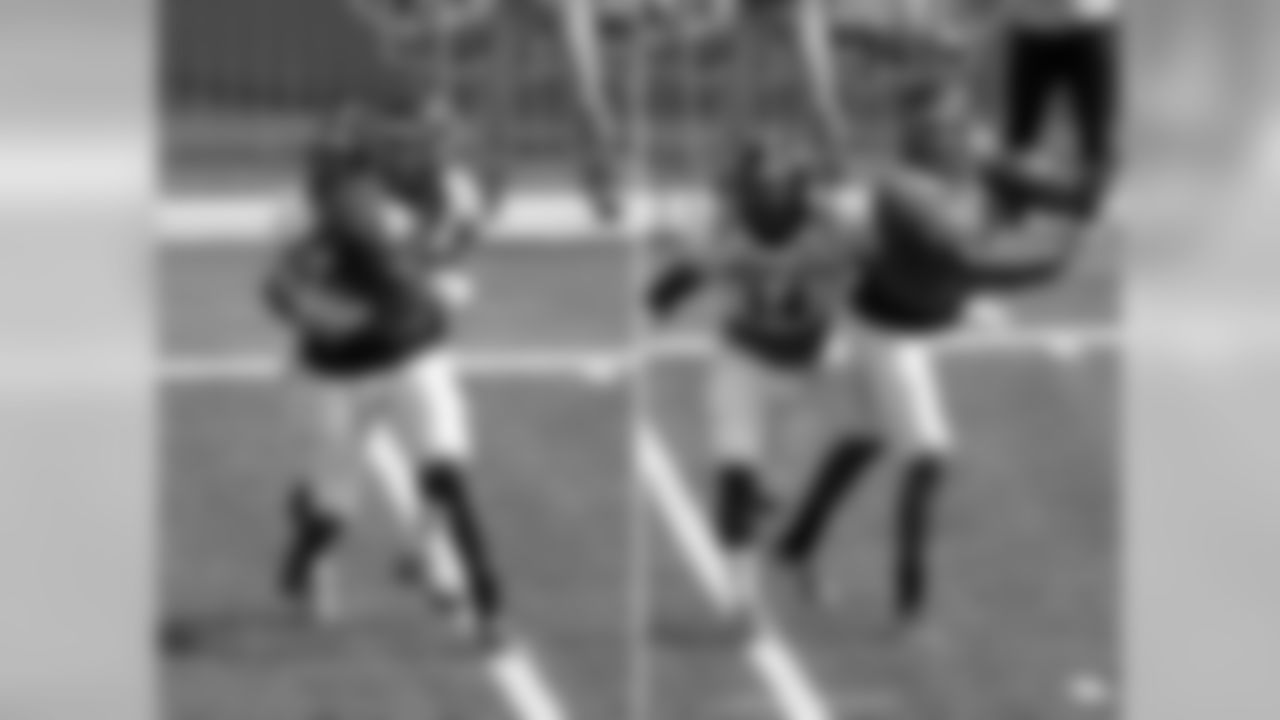
East Carolina WR Zay Jones, the NCAA's all-time receptions leader with 3999, also had a strong week -- and showed his strength here, fighting through contact from Iowa's Desmond King to make the catch with little difficulty. Jones displayed a knack for making catches like this through heavy obstruction throughout the week, and doesn't need separation to make plays.
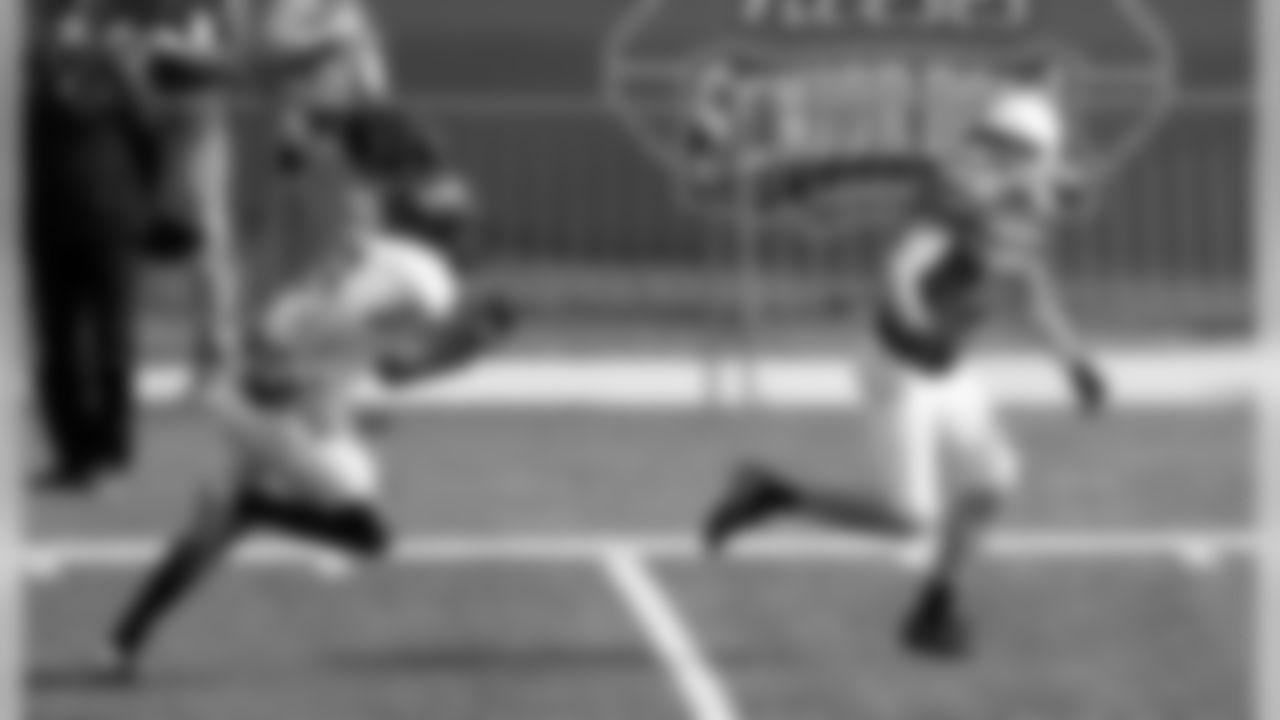
How do you get this wide open in a red-zone one-on-one period? Run a perfect route. Eastern Washington's Cooper Kupp cut inside and froze West Virginia's Rasul Douglas, then cut back toward the sideline and upfield, leading to an easy touchdown.
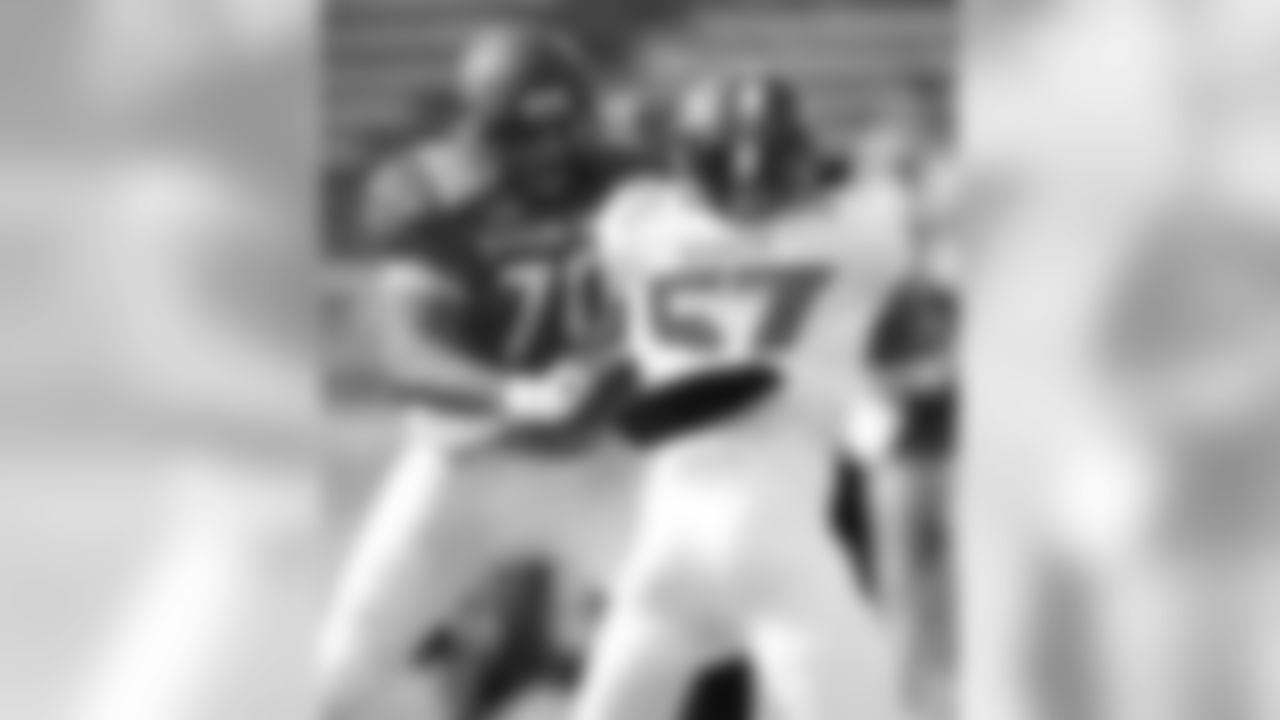
Working at right tackle Thursday, Bucknell's Julien Davenport encountered difficulty containing Illinois' Dawuane Smoot, who worked past him to pressure Pitt QB Nate Peterman. Davenport tried to guide Smoot outside and behind Peterman, but didn't have good balance and fell, allowing Smoot a chance for what would have been a sack or a hit in game conditions. Davenport has moments where he uses his size and athleticism to his advantage, but remains a work I'm progress.
Howard is the class of the tight-end group, and did nothing to change that at the Senior Bowl. He looks like he could be an immediate upgrade for at least half the teams in the league. The biggest question on Howard could be whether he falls that far.
Unless there's a run on tight ends in the first round, I think you can wait until Rounds 2 or 3 to find a potential star. Of course, the extreme depth at the position could work against Howard going early in the draft; teams may look at the position and think, "There's talent all around at the position, let's wait." And that may leave Howard available at No. 20.
But there are myriad options at the position. Miami's David Njoku, Virginia Tech's Bucky Hodges, Michigan's Jake Butt (coming off a torn ACL) and Clemson's Jordan Leggett can all be helpful. Hodges, in particular, might be the best tight end in this class at creating mismatches. All of them should be off the board by the middle of the second day, at the latest.
The collection of tight ends at the Senior Bowl was the best I've seen in my decade of covering practices there. Toledo's massive Mike Roberts and Mississippi's athletic, long-striding Evan Engram also look like they could be immediate contributors, if not starters. South Alabama's Gerald Everett also does a lot of the same things that Howard does well, but needs to get stronger; he's at 227 pounds right now. If Everett's frame can handle another 15-20 pounds, he could be a beast. I will be curious to see his weight at the Combine.
I love this group. It's the right collection of players at the right time, because the tight end has never been more critical or more versatile in offensive schemes.
The philosophy on the offensive side isn't set in stone; it will adapt to the players on hand. Mike McCoy has been a part of offenses that were pass-heavy in San Diego, run-heavy (as in 2011 when Tim Tebow was quarterback) and balanced (in 2008, he was the passing-game coordinator for the Panthers, who ranked second in yardage per carry and fifth in yardage per pass play that year).
As for the fullback specifically, consider this: In Carolina, McCoy and then-offensive coordinator Jeff Davidson, now Denver's offensive line coach made extensive use of fullback Brad Hoover. Last year in San Diego, McCoy and Davidson were back together when the Chargers drafted Wisconsin fullback Derek Watt, who had a 53-yard catch-and-run at the Broncos' expense in Week 8.
If McCoy and the offensive staff like what they see in Janovich, he'll get chances and be a part of the offense -- and given what he showed as a rookie, there's little reason to believe that they won't find ways to involve him.
None. Thomas doesn't have a Pro Bowl incentive in his contract. He and his fellow AFC Pro Bowlers will get $30,000 for playing in the game, and if the AFC wins, another $31,000.
I'm a bit puzzled about the way Ty Sambrailo has played. Initially he was playing left tackle as a raw rookie and seemed to be holding his own. When he finally got back from his injury, he was overmatched. Was he not in shape? Is he better on the left side? And do you think he can be part of the solution in the OL?
-- Mike Evans
Yes, he was holding his own as a rookie, but you have to consider his first injury: a torn labrum. That necessitates a six-to-eight-month recovery following surgery, and was why he didn't see any OTA repetitions until a handful of snaps near the end of that period of work. The rehabilitation work put him behind on the field -- and also in the weight room. Then came the elbow injury in training camp as he tried to make the transition to right guard -- and also further hindered him as he worked to get back to 100 percent following his offseason rehabilitation work.
Sambrailo can be part of the solution up front, but I would expect he would not be handed a starting job in the offseason. The most likely short-term outcome in the short term is being a swing backup who could push the first-teamers during OTAs and training camp. If he earns anything beyond that, the Broncos would be delighted. But with his struggles last year, his injuries and just seven starts in two seasons, it's unlikely that he will be penciled in on the first team; he will have to earn his way back to the top line of the depth chart.
**
Would it be possible to go after Matthew Stafford? I think he would be a great addition but don't know if the cap space is there.**
-- Greg Himes
Possible, but not feasible. First, Detroit has given no indication he would be available. Further, Stafford's cap figure for 2017 is $22 million, and if you did trade for him and he played well, re-signing him would chew up at least $25 million of your 2018 salary cap, and perhaps more, which would cause problems with the overall salary-cap plans.
Remember, the Broncos have Von Miller taking up quarterback-like salary-cap figures in the next few years -- $20 million in 2017, $22.5 million in 2018, $21 million in 2019, according to overthecap.com. In order to maintain room for upgrades around the roster, the best outcome for the Broncos is to continue to have a cost-controlled quarterback position while Miller receives such a high outlay.
Further, is Matthew Stafford that much better than what you have on hand? He hasn't been the starting quarterback for a playoff win, and his career quarterback rating of 86.8 is just a few horse hairs above the league average of 86.5 in that span. I get the appeal of Stafford, but I don't see adding him as the best way to get back to a championship level, especially given his historical performance and the presence of young quarterbacks who should improve -- as is typical when young players get more time and experience.
**
Do you think making the Super Bowl interferes with the teams participating in doing the self-assessment and Senior Bowl/Pro Bowl scouting that the majority of the non-participants are doing right now, and thus contributes to the difficulty in making a repeat Super Bowl appearance?**
-- Doug Blauser
In terms of information gathering, not particularly, because personnel executives and scouts are doing most of the interviews, legwork, research and analysis at the all-star games this month. It delays the involvement of the coaches, but not every team's coaching staff is involved with Senior Bowl/all-star practices and scouting, anyway.
The disadvantage for draft/free-agency preparation actually comes from the time that is lost. Going to the Super Bowl adds another five weeks to the season. It's what you want, obviously, but that often means off-time to refresh and recharge that isn't made up. Given the grind of the season, in which 90-to-100-hour weeks can be common, some winter downtime is essential, because free-agency and draft season is a grind in its own right; there's a lot of scouting and evaluation involved, and coaches travel around the country for Pro Day and individual workouts.
As for the Pro Bowl ... no one's scouting the Pro Bowl. The only thing you can get in terms of team-building is the formation of friendships between players, which sometimes leads to the choice of one team over others in free agency.
Submit a question for the next Mailbag!
The analysis, opinion and speculation in this story represents that of the author, gathered through research and reporting, and does not necessarily reflect the opinion of the Denver Broncos organization.
**
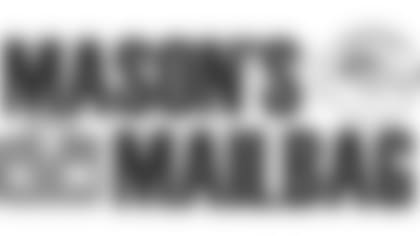
**
**















